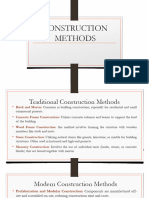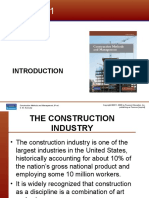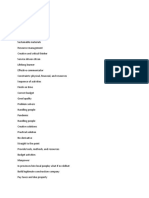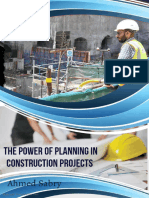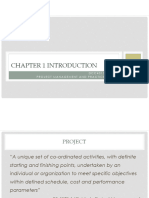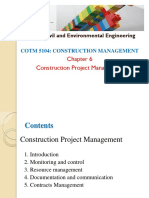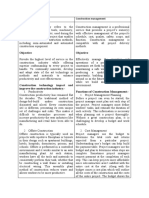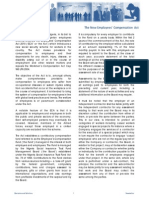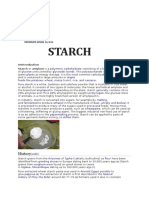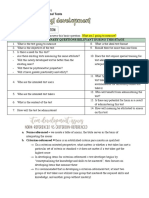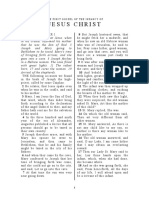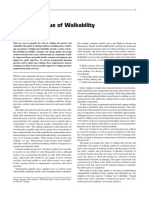0% found this document useful (0 votes)
41 views9 pagesModule 3 in Construction Method and Project Management
Module 3 covers construction methods and operations, emphasizing the importance of effective management for project success. It discusses various construction methods, phases, operations management, and innovative techniques, including modular construction and 3D printing. Additionally, it addresses equipment selection, maintenance, safety, and emerging trends in construction equipment management.
Uploaded by
joanamariebucasas11Copyright
© © All Rights Reserved
We take content rights seriously. If you suspect this is your content, claim it here.
Available Formats
Download as DOCX, PDF, TXT or read online on Scribd
0% found this document useful (0 votes)
41 views9 pagesModule 3 in Construction Method and Project Management
Module 3 covers construction methods and operations, emphasizing the importance of effective management for project success. It discusses various construction methods, phases, operations management, and innovative techniques, including modular construction and 3D printing. Additionally, it addresses equipment selection, maintenance, safety, and emerging trends in construction equipment management.
Uploaded by
joanamariebucasas11Copyright
© © All Rights Reserved
We take content rights seriously. If you suspect this is your content, claim it here.
Available Formats
Download as DOCX, PDF, TXT or read online on Scribd
/ 9
